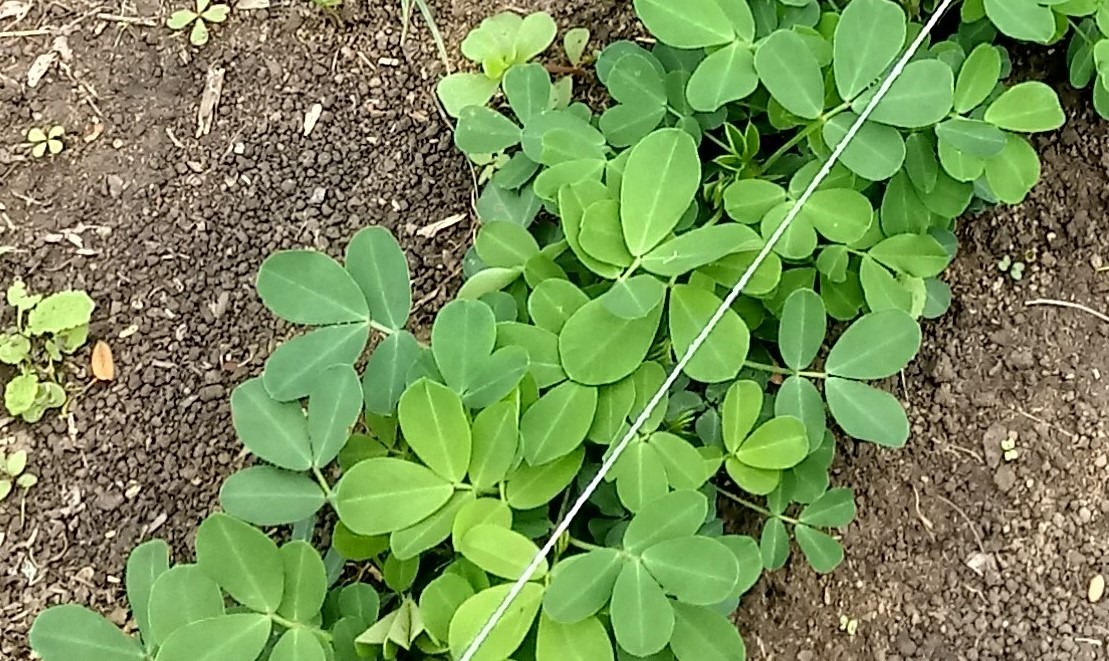Initial growth of peanut cultivars (Arachis hypogaea L.) submitted to planting densities
DOI:
https://doi.org/10.17648/sas.v1i2.92Keywords:
Height, diameter, Number of leavesAbstract
The cultivated peanut species (Arachis hypogaea L.) is among the world's largest cultivated oilseeds. However, there is still no technical information on cultivars and planting densities for phytomass production. In this sense, the objective was to evaluate the initial growth of four peanut cultivars under different planting densities. The experiment was conducted in the municipality of Garanhuns-PE, in the agricultural years 2018/2019 under field conditions. The experimental design was a randomized block design with a 4x5 subplot scheme, with four cultivars (Runner IAC 886 and IAC 503 prostrate and BR1 and TATU ST standing erect) and submitted to five planting densities (8, 11, 14, 17 and 20 plants per linear meter). The initial growth in height (cm), number of leaves and diameter (mm) of the main stem at 28, 35 and 42 days after planting were evaluated. For the qualitative factor (cultivars), the data were submitted to analysis of variance and the means were compared by the Tukey test (significance of 5%), using SISVAR software. For the quantitative factor (densities), the regression analysis was used. At 28 and 35 DAP, all cultivars increased their height, number of leaves and diameter as a function of the increase in planting density, already at 42 DAP, the diameter did not differentiate between the cultivars. At 35 days after planting, higher values of height, number of leaves and diameter of plants are obtained with densities of 17 and 20 plants per linear meter. The diameter of low - growing cultivars does not differ from cultivars of erect size at 42 DAP.
Downloads

Downloads
Published
How to Cite
Issue
Section
License
Autores concordam com os seguintes termos:
a) Os autores mantêm os direitos autorais e concedem à revista o direito de primeira publicação, com o trabalho simultaneamente licenciado sob a LicençaAttribution-NonCommercial-ShareAlike 4.0 International, que permite o compartilhamento do trabalho com reconhecimento da autoria e publicação inicial na Revista SAS. A licença permite o uso, a distribuição e a reprodução irrestrita, em qualquer meio, desde que devidamente citada a fonte. Essa licença permite também que outros remixem, adaptem e criem a partir do seu trabalho para fins não comerciais, desde que atribuam a você o devido crédito e que licenciem as novas criações sob termos idênticos.
b) Não cabe aos autores compensação financeira a qualquer título, por artigos ou resenhas publicados na South American Sciences.
c) Os conceitos expressos nos artigos publicados na South American Sciences são de inteira responsabilidade de seus autores.








